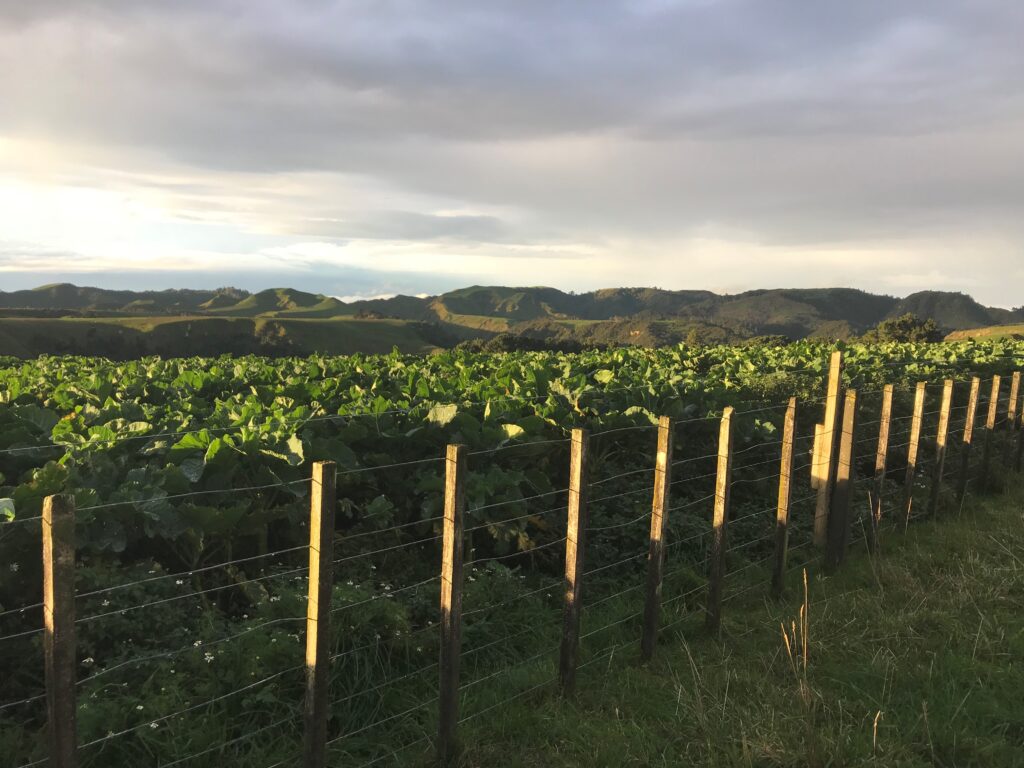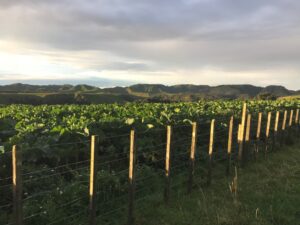The Risks of Brassicas
Consistent among the alarming lab results we receive from testing stock feeds are the high sulphur levels in brassica crops, notably kale and swedes. Mixed pasture levels are generally between 0.3 and 0.4%. Some limitation in animal appetite and feed palatability is expected at this content and there is a significant contribution to copper antagonism. But, for the most part, the impact on stock performance isn’t immediately obvious.
However, above 0.4% animal health issues are noticeable and as levels head toward 0.5% and beyond, animal health problems accrue. These include reduced growth rates in young stock and the disturbing neurological condition polioencephalomalacia (polio) also referred to as thiamine (Vitamin B1) deficiency. We have documented lambs deaths with polio on plantain crops with sulphur content of 0.5% and over.

Therefore, when the lab results from brassica crops roll in with sulphur content routinely well over 0.6% and up to and over 1% it’s a wonder the stock actually eat it. But eat the stuff they do and lots of it. So is there something about brassicas that somehow negate the effect of such high sulphur contents? Or, are negative impacts more subclinical and don’t necessarily manifest in the 60 odd days that brassicas are routinely fed? The illness and deaths of cows in the winter of 2014 from glucosinolate toxicity, and a general feeling of discomfort by farmers at the health status of their stock while on brassicas would suggest something is up.
Toxicity
There are in fact three ways to poison animals with brassicas. Glucosinolates as mentioned, S-methyl cysteine sulphoxide (SMCO) and of course nitrate which many farmers are familiar with. Glucosinolates and SMCO are, or are derived from, sulphur containing amino acids. Increased levels reduce animal intakes, with liver disease, thyroid dysfunction (glucosinolates) and anaemia (SMCO) the clinical manifestation.
In the glucosinolate poisoning cases the increased level of glucosinolates was attributed to a mild winter and as such a greater ratio of leaf to bulb in swedes. This may well have been the case. But given the propensity for brassica crops to concentrate high sulphur levels is there another opportunity to control the concentration of glucosinolates and SMCO through the control of fertiliser nutrient use? As it turns out the answer is yes.
Controlling Sulphur Levels in Brassicas
Concentration of glucosinolates and SMCO can be manipulated by control of soil sulphur and nitrogen. The interplay between sulphur and nitrogen soil status is complex and not entirely straight forward. But in a nutshell, higher soil levels of sulphur lead to greater levels of glucosinolates and SMCO.
A 2010 trial [1] by Plant and Food Research found that kale did not respond to fertiliser sulphur on a low anion storage capacity soil when the soil sulphate sulphur was 5 (this is not high). Similarly, RJ Hills laboratory data indicates that a herbage sulphur less than 0.3% is diagnostic for sulphur deficiency in brassicas i.e. this crop doesn’t need much sulphur.
In the Plant and Food research trial at no time did Glucosinolates or SMCO reach critical levels on the low sulphur site compared to a site with a sulphate sulphur of 19 where SMCO exceeded the critical level particularly with high nitrogen inputs.
To cut a long story short, control of sulphur is of utmost importance for animal performance not only on brassica crops but in any ruminant feed.
[1] Fletcher et al. Proceedings of the NZ Grasslands Association 2010


